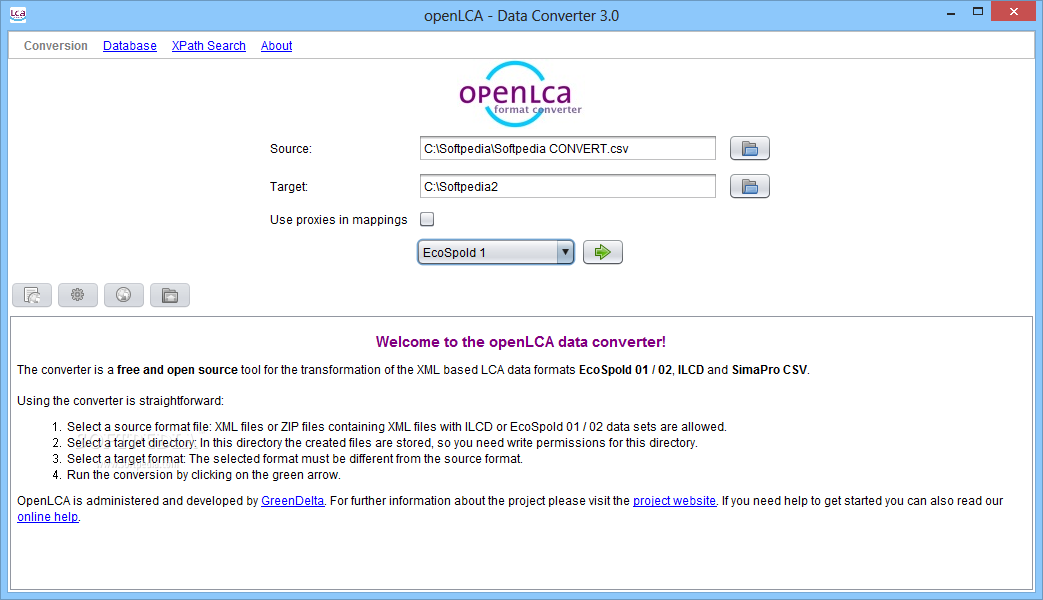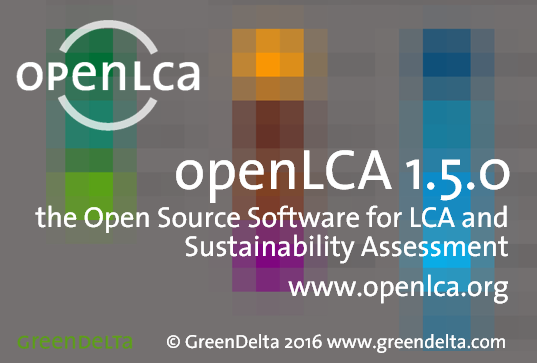

> 132, "representativeness"ġ38, "representativeness"ġ44, "representativeness"ġ50, "representativeness"ġ56 ai = įile src/lxml/objectify.pyx:234, in ._getattr_()įile src/lxml/objectify.pyx:453, in lxml.objectify. Output File ~\miniconda3\envs\playing_with_brightway\lib\site-packages\bw2io\extractors\ecospold1.py:132, in Ecospold1DataExtractor.process_dataset(cls, dataset, filename, db_name)ġ09 def process_dataset(cls, dataset, filename, db_name):ġ11 ref_func = ġ17 .get("text"),ġ21 .get("text"),ġ25 getattr2(, "timePeriod").get( Importer = bw.SingleOutputEcospold1Importer(fp, 'database_name', use_mp=False) If there is any other way to do it, I would be happy to try.īw.t_current('importing_ecospold1')

Given the possible export formats of openLCA and the possible import formats of Brightway2, ecospold1 seems to be the only common format. It is possible to import data from an existing database into the active database. Using the SingleOutputEcospold1Importer should read the ecospold files but apparently something is wrong in the file schema. The most comprehensive is to import and export in SimaPro database format, especially if you want to exchange projects. 1 Answer 0 votes answered by Andreas Ciroth (96.3k points) 'restore' just copies and extracts a database for openLCA from zolca format import imports the database into another database, each of the elements separately, which takes more time but allows you to merge databases e.g.

I have an ecospold1 dataset extracted from openLCA and I would like to import it into Brightway2. openLCA Database Creation Combining Databases Importing/Restoring Databases Importing databases from exported zolca-Files Advanced Database Import.


 0 kommentar(er)
0 kommentar(er)
